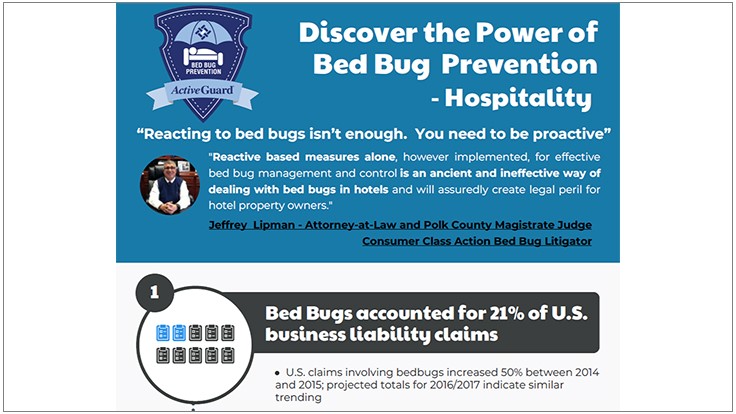The Function Of Pest Exterminators In Environmental Sustainability
The Function Of Pest Exterminators In Environmental Sustainability
Blog Article
Post Author-Yates Peterson
You might think that insect exterminators are just concerned with getting rid of bugs, however their duty surpasses that. rodenticides play an important part in ecological sustainability.
By using incorporated insect administration strategies, they not only get rid of pests but likewise protect biodiversity.
In addition, they employ lasting insect extermination techniques to reduce environmental risks.
So, following time you question the significance of insect exterminators, remember their payment to a greener and healthier world.
The Value of Integrated Pest Monitoring
You should comprehend the value of integrated parasite monitoring in maintaining a lasting atmosphere.
Integrated Parasite Administration (IPM) is an approach that focuses on avoiding and managing parasites while lessening making use of damaging chemicals. By executing IPM strategies, you can efficiently manage bug populations without triggering harm to the atmosphere.
Brown rat of IPM is making use of organic controls, such as killers and bloodsuckers, to normally regulate pest populations. This decreases the demand for chemical pesticides, which can have detrimental impacts on wild animals and ecological communities.
Furthermore, IPM promotes making use of social and physical controls, such as crop rotation and exemption techniques, to stop pests from ending up being an issue in the first place.
Safeguarding Biodiversity Via Pest Control
We can safeguard biodiversity through effective bug control methods that focus on the conservation of all-natural environments. By using accountable insect control techniques, we can secure and maintain the fragile balance of varieties within our setting. Below are 3 ways in which bug control adds to safeguarding biodiversity:
- ** Maintaining indigenous flora and fauna ** - By targeting intrusive types that intimidate indigenous plants and pets, insect control helps ensure the survival of aboriginal species and preserves the natural diversity of environments.
- ** Preventing the spread of conditions ** - Controlling parasites such as insects and ticks reduces the danger of diseases infecting wildlife populations, safeguarding biodiversity and avoiding possible break outs.
- ** Saving threatened types ** - By handling bugs that prey on or take on endangered types, parasite control efforts can enhance the chances of survival and promote the recuperation of at risk populations.
Through liable bug control techniques, we can actively contribute to the conservation of biodiversity and the sustainability of our environment.
Mitigating Environmental Threats With Lasting Pest Extermination Methods
By utilizing sustainable insect extermination techniques, you can effectively minimize ecological risks while ensuring the security and health of both people and the all-natural community. Traditional pest control approaches commonly involve making use of dangerous chemicals that can have harmful impacts on the environment.
However, lasting pest elimination methods focus on decreasing these threats by utilizing environmentally friendly alternatives. For instance, integrated pest management (IPM) strategies prioritize using safe and eco-friendly items, as well as all-natural predators to manage pest populations. This method not just lowers the unfavorable effect on the setting however additionally aids to maintain the fragile balance of the community.
Furthermore, sustainable insect extermination techniques advertise the conservation of biodiversity by targeting specific bugs without hurting advantageous microorganisms. By adopting these approaches, you can contribute to a much more sustainable and eco-friendly method to pest control.
Final thought
You are the pest exterminator, the guardian of nature's consistency. With integrated bug administration, you stabilize the fragile environment, guaranteeing the survival of diverse varieties.
Via sustainable techniques, you mitigate ecological risks, maintaining the delicate equilibrium intact.
Like a symphony conductor, you coordinate the rhythm and circulation, shielding the biodiversity that dancings in excellent harmony.
With every action you take, you produce a world where nature grows, where pests pull back, and where sustainability preponderates.
